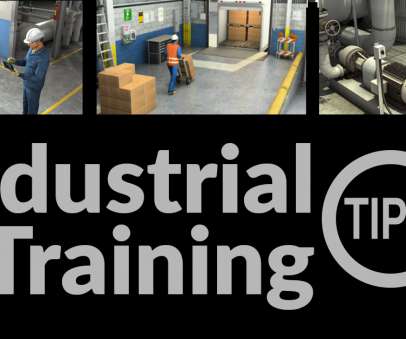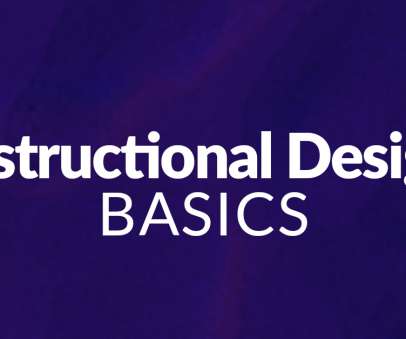Training Evaluations 101: Benefits, How To, Plus Examples You’ll Want To Use
Spark Your Interest
JANUARY 11, 2022
We answer these questions and more by providing examples of training evaluations you can apply in your specific situation. There are examples of training evaluations that focus on the financial costs of changing behavior. These are all need different examples of training evaluations. But are all training evaluations the same?










































Let's personalize your content